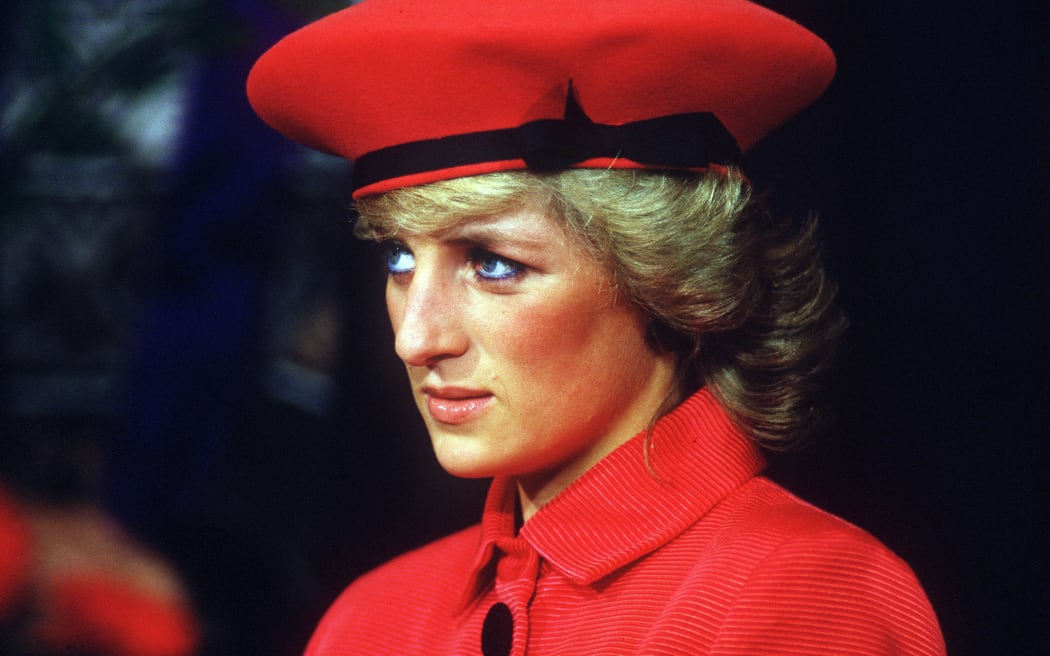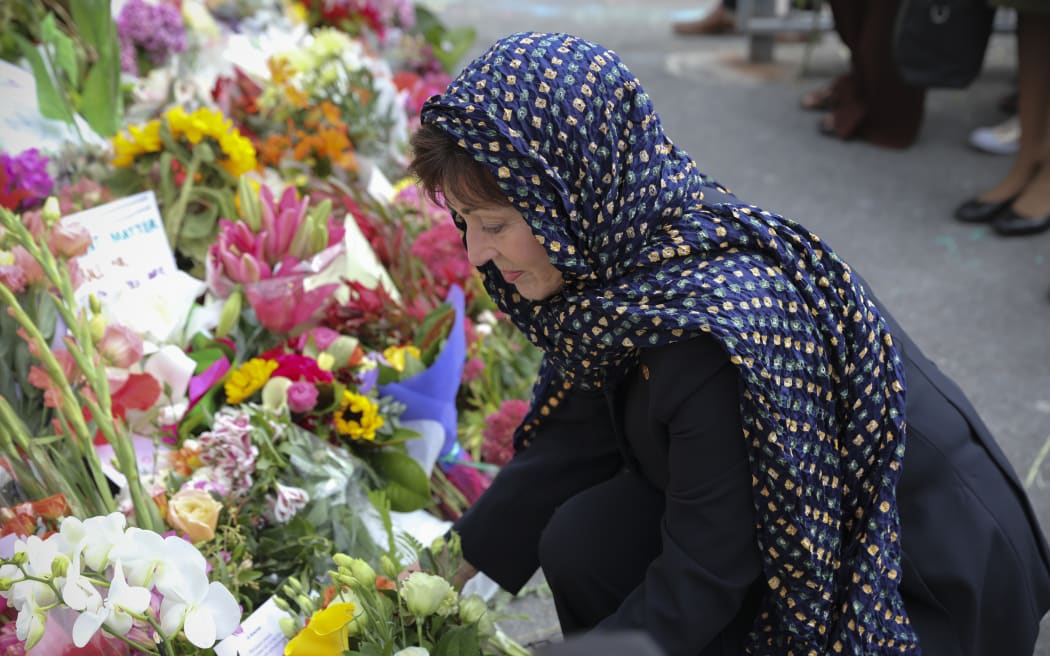Human grief expresses itself in unusual ways. Add to the mix the connective power of social media, and mourning can take place on a global, closely-coordinated scale.

Princess Diana during her visit in Bonn on the 15 November, 1987. Photo: Sven Simon/ dpa Picture-Alliance via AFP
The death of Princess Diana 25 years ago and the mosque terror attack in Christchurch in 2019 have something strangely in common. It is the way the wider public reacted and mourned, a phenomena called spontaneous memorialisation.
Both tragic events united millions of mourners around the world, grieving the loss of people they never knew.
The person who died is a symbol for something else, says Susan Wardell who teaches social anthropology at the University of Otago.
She lectures on grief, ritual and religion and says she still teaches students about Diana's death.
"A lot of the ways we engage with death are quite often prescribed by various institutions," she says.
"So when we say spontaneous memorialisation, we're referring to something the public might do in a more improvised way.
"It's most famously characterised by things that happen on the street - pilgrimages that people make, and shrines that might emerge where people are bringing tributes. It becomes this hugely visible, prominent public symbol of mourning."
Looking back, the scenes at the gates of Kensington and Buckingham Palaces in London at the time - with the masses of flowers and crowds of genuine mourners - seem strange. Wardell says it is not new or even a one off, but many of our daily rituals appear weird when we step back and look at them. Leaving flowers for someone we don't know or putting a #TheyAreUs banner on our public social media profile are both normal ways of expressing a moral stance on a tragedy, she says.
Diana's life was far removed from those of mourners, but they could relate to the person sticking it to a stuffy, conservative regime, namely the royal family, and they grieved the loss of that ideal. One of the major reasons spontaneous memorialisation happens, says Wardell, is that public feel the person did not get the care or recognition they deserved from official channels. It becomes an "us versus them" sentiment or a criticism of a problem in society.
She says digital media has added a new dimension to spontaneous memorialisation. More people can get involved and show their emotion, even in the smallest form of an emoji. Some think this makes the response shallow or trendy, creating 'pop-mourning' with Facebook profile picture banners, hashtags, the black screens for Black Lives Matter, sharing Ruby Jones' famous artwork of the hug after the mosque attack.

The Governor-Genreral Dame Patsy Reddy places flowers at the Wellington Islamic Centre in Kilbirnie Photo: Ana Tovey / RNZ
A mere emoji might seem a trivial expression of grief compared to a physical act, but Wardell says it can still be meaningful due to the sheer scale of public conversation being created.
Crowdfunded donations to victims of tragedies or trusts set up in their name are becoming very common in our online, globalised world. Wardell says they are a manifestation of people's feelings of helplessness, of wanting to do something.
"We encounter these stories of individuals and families and groups of people who are in need, and we have these choices of how to respond to the person in front of us...it's a very real moral response.
"Usually when there are these larger collective tragedies like the mosque attacks, [crowdfunding] becomes another one of those places that people who might not have a personal connection, might not be able to go out and do something in person, might be generally feeling affected but helpless, it gives them a place to do something."
Wardell notes that New Zealand's most popular crowdsourcing platform, Givealittle, is a charity, so they don't take a portion of donations. In the United States however, crowdfunding giant GoFundMe is for profit - and in a country with private healthcare, it is far more common to have to resort to crowdfunding for victims of violent crime or injury.
GoFundMe was bought by venture capital firms Accel Partners and Technology Crossover Ventures in 2015, and has raised over US $9 billion in its existence. Among its biggest ever fundraisers, campaigns demanding justice for victims of police violence, the survivors of the Pulse nightclub shooting, and legal funds for victims of sexual abuse started under the Me Too movement. It's estimated GoFundMe owns 80 percent of the crowdfunding market overseas.
In her studies, Wardell says she's seen people taking financial advantage of people's feelings of sympathy and helplessness following a tragedy. Individuals have outright pocketed money destined for victims, but more common were businesses coming out in public support of victims, or saying a portion of the proceeds of their sales would go towards helping the victims.
"It can be quite hard to disentangle how much the intent there is genuine and how much of that is a promotional opportunity for the business.
"Sometimes people aren't aware of what they're doing themselves. They're just knee-jerk reactions to something that no one saw coming, and muddling their way through what's a right and good response to that."
Find out how to listen and subscribe to The Detail here.
You can also stay up-to-date by liking us on Facebook or following us on Twitter.

Photo:


